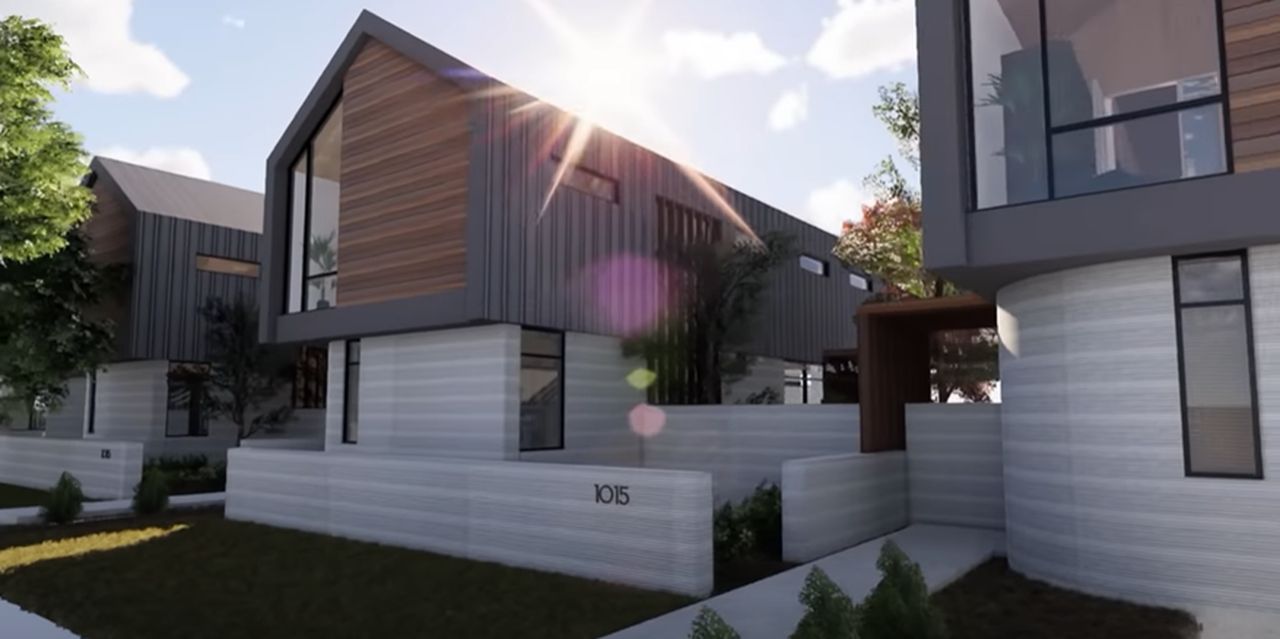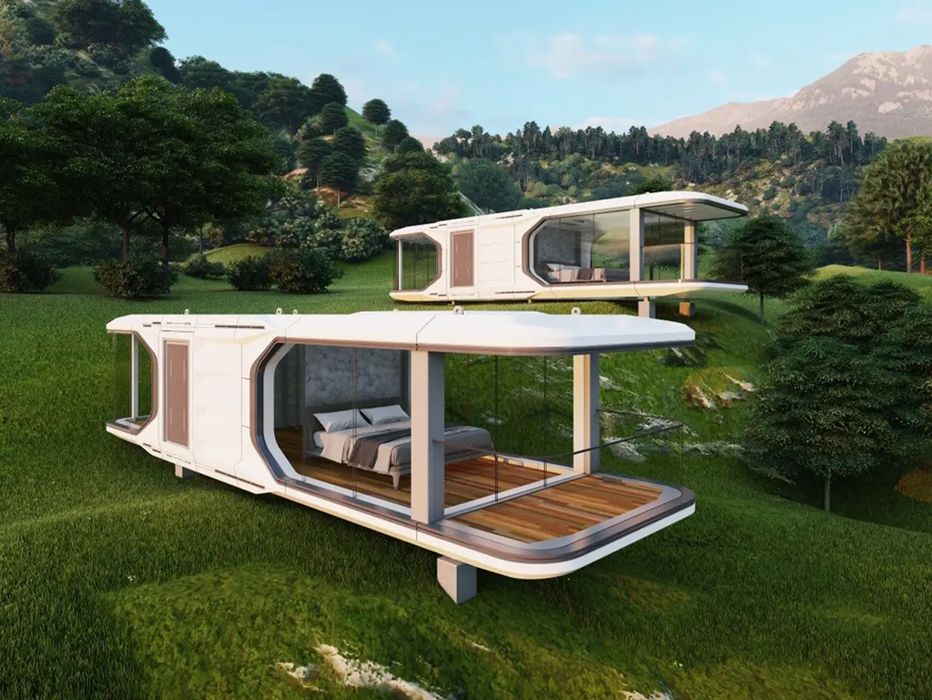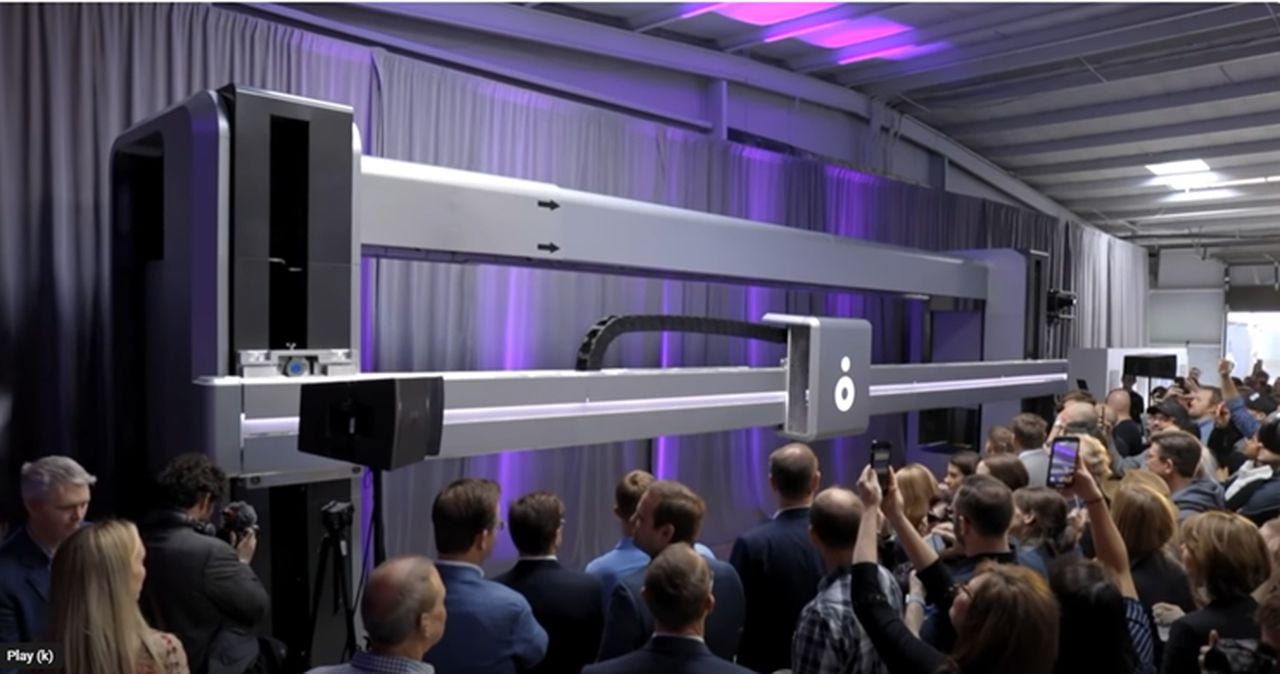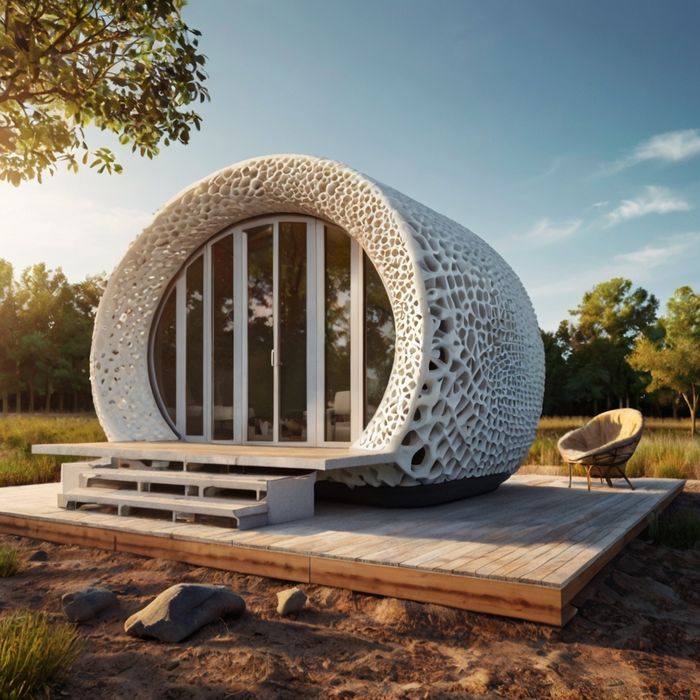
Charles R. Goulding and Preeti Sulibhavi explain the revolutionary fusion of 3D printing and modular housing, exploring how companies like MOD X and RISE are redefining affordable and sustainable living solutions.
Modular housing began to gain a lot of attention in the US in the 1970s and 3D printing launched in the 1980s. Recently 3D printing has made great strides with concrete materials and both technologies are increasingly integrated. A June 9, 2024, article in the Real Estate section of the New York Times, titled “An American Dream Lives On in Sweden,” shed light on how modular housing is once again becoming a crucial player in the quest to solve contemporary housing challenges. Some experts are calling the integration M3DP.

Established to harness the benefits of modern technology in modular construction, MOD X has become a leader in the field. As of 2023, the company boasted a workforce of over 200 employees and reported annual sales exceeding US$50 million. MOD X specializes in designing and producing modular homes that are not only affordable but also customizable to meet diverse client needs.
The Role of 3D Printing in MOD X’s Success
A significant aspect of MOD X’s innovative approach is the integration of 3D printing technology. 3D printing has revolutionized the modular housing industry by enabling the rapid production of complex components with high precision. This technology allows MOD X to create customized parts on-demand, reducing waste and speeding up the construction process. By incorporating 3D printing, MOD X can offer a level of customization previously unattainable in the modular housing market, catering to the unique preferences of each homeowner.

RISE: Advancing Modular Housing with 3D Printing
Another key player in the resurgence of modular housing is RISE, a company dedicated to advancing construction techniques through research and innovation. RISE has been exploring the potential of 3D printing to enhance the modular housing process. The company focuses on developing new materials and methods that can be used in 3D printing to produce stronger, more sustainable components for modular homes.
3D Printing’s Impact on RISE’s Modular Housing Projects
RISE’s integration of 3D printing technology has opened new possibilities for modular housing. By utilizing advanced 3D printing techniques, RISE can produce highly durable and energy-efficient building components. This capability not only accelerates the construction process but also ensures that the resulting homes meet stringent environmental standards. The flexibility of 3D printing allows RISE to experiment with innovative designs and materials, paving the way for more sustainable and cost-effective housing solutions.

Swedish Influence on Modern Modular Housing
Sweden’s approach to modular housing provides valuable insights for the current wave of modular home development. Known for its stringent building codes and regulations, Sweden has created a framework that ensures both quality and sustainability in construction. Swedish building codes emphasize energy efficiency, durability, and the use of eco-friendly materials. While the U.S. also has rigorous building standards, they often vary significantly by state and region, leading to inconsistencies that can complicate the widespread adoption of modular housing.
Comparing Swedish and U.S. Building Regulations
Swedish building regulations are notably uniform across the country, which streamlines the modular home approval process. This uniformity contrasts with the fragmented regulatory landscape in the U.S., where builders must navigate a patchwork of local, state, and federal codes. This difference poses a challenge for modular housing companies operating in the U.S., as they must customize their designs to meet varying requirements. However, the success of modular housing in Sweden suggests that adopting more standardized building codes in the U.S. could facilitate greater efficiency and consistency in modular home production.
Lindbäcks: A Factory Revolutionizing Modular Home Production
One of the most notable examples of modern modular housing production is the Lindbäcks factory in Sweden. Spanning 10 acres, this facility represents the cutting edge of modular home manufacturing. Unlike traditional construction methods, which involve building homes piece by piece on-site, Lindbäcks produces entire sections of homes in a controlled factory environment. This approach significantly reduces construction time and costs while ensuring high-quality standards.
Traditional Manufacturing vs. Lindbäcks’ Modular Production
Traditional home construction is often subject to delays and cost overruns due to weather conditions and labor shortages. In contrast, Lindbäcks’ factory-based production system allows for year-round construction, unaffected by external factors. Each module is built to exact specifications and undergoes rigorous quality checks before being transported to the building site for assembly. This method not only improves efficiency but also ensures that each home meets stringent quality standards.
The Role of 3D Printing in Prefabricated Home Components
The integration of 3D printing in the production of prefabricated home components marks a significant advancement in the modular housing industry. 3D printing enables the creation of complex parts with high precision, reducing the need for manual labor and minimizing waste. This technology allows for the production of bespoke components that can be easily assembled on-site, speeding up the overall construction process.
Current Applications of 3D Printing in Residential Modular Home Production
Several companies are already leveraging 3D printing to enhance modular home production. For example, ICON, a Texas-based construction company, uses 3D printing to build affordable homes quickly and efficiently. Their Vulcan II printer can produce the walls of a house in just 24 hours, significantly reducing construction time and labor costs. Similarly, companies like Mighty Buildings in California are using 3D printing to create entire sections of homes, which are then assembled on-site. These examples demonstrate the transformative potential of 3D printing in the modular housing industry.
The Research & Development Tax Credit
The now permanent Research and Development (R&D) Tax Credit is available for companies developing new or improved products, processes and/or software.
3D printing can help boost a company’s R&D Tax Credits. Wages for technical employees creating, testing and revising 3D printed prototypes can be included as a percentage of eligible time spent for the R&D Tax Credit. Similarly, when used as a method of improving a process, time spent integrating 3D printing hardware and software counts as an eligible activity. Lastly, when used for modeling and preproduction, the costs of filaments consumed during the development process may also be recovered.
Whether it is used for creating and testing prototypes or for final production, 3D printing is a great indicator that R&D Credit-eligible activities are taking place. Companies implementing this technology at any point should consider taking advantage of R&D Tax Credits.
Conclusion
The resurgence of modular housing, inspired by the successes of the 1970s and driven by modern innovations like 3D printing, offers a promising solution to today’s housing crisis. By adopting advanced technologies and learning from the efficient regulatory frameworks of countries like Sweden, the U.S. can make significant strides in providing affordable, high-quality housing. Companies like MOD X, RISE, and Lindbäcks are at the forefront of this movement, demonstrating that modular housing is not only viable but also essential in addressing the challenges of modern housing markets. As 3D printing technology continues to evolve, its role in modular home production will undoubtedly expand, offering even greater possibilities for customization, efficiency, and sustainability.
